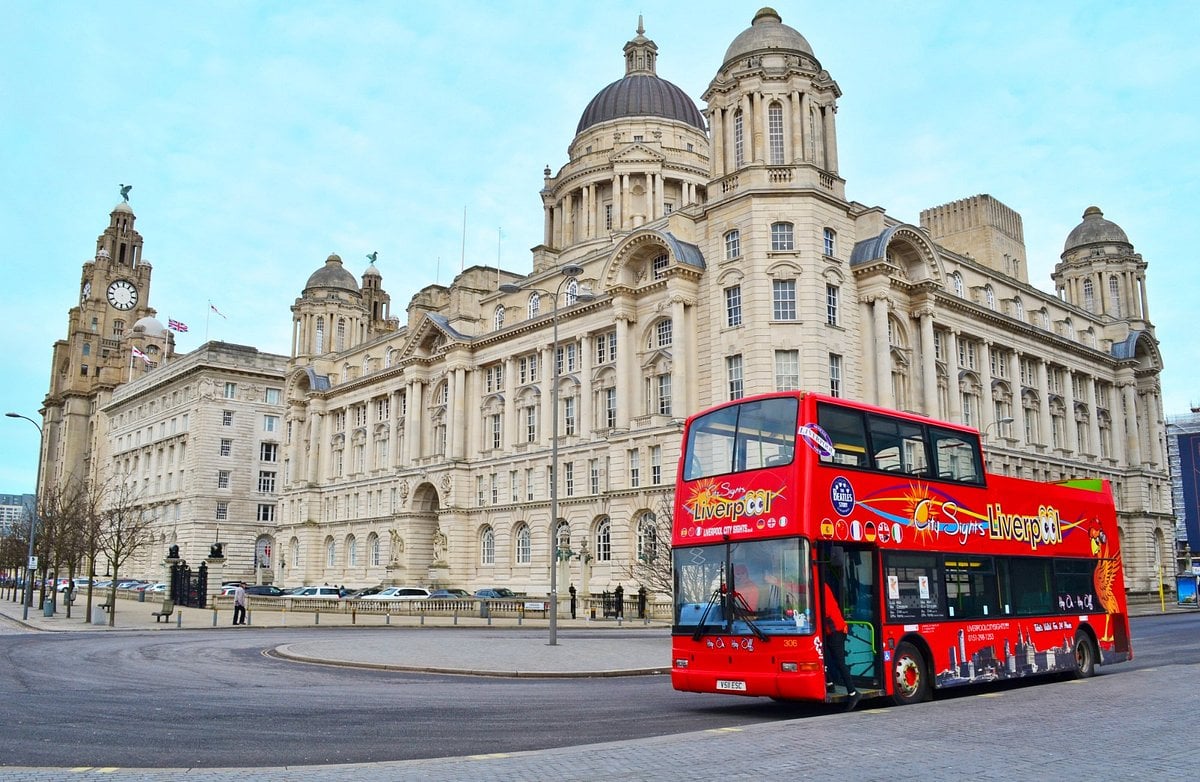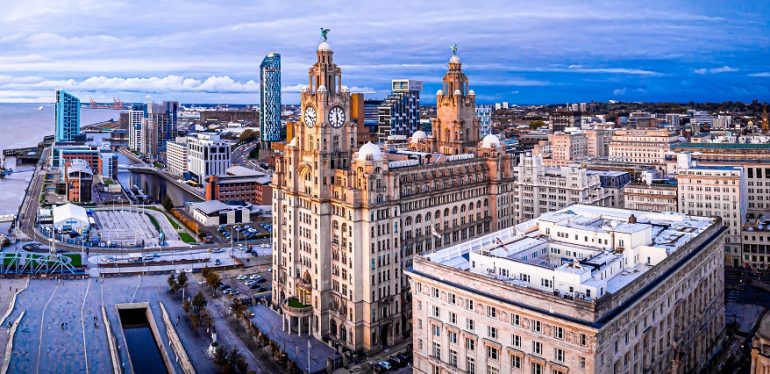
Are you looking for a reliable API to learn more about the cost of living in Liverpool? We have some advice for you!
Liverpool is a city and a metropolitan borough in the English region of Merseyside. It is situated on the Mersey Estuary's northwestern shore. There are 474,000 people living in the city, while 1.6 million people live in the surrounding urban region. Second only to London in terms of importance, Liverpool is one of the UK's most significant ports. The city is a significant industrial and cultural hub as well. Liverpool has seen a lot of significant historical events during its existence. Liverpool is also well-known for being The Beatles' birthplace and for being the base of one of England's most successful and well-liked football clubs, Liverpool F.C.
Liverpool is a multicultural city with residents from a wide range of ethnicities. The University of Liverpool, Manchester Metropolitan University (previously Liverpool John Moores University), and Liverpool City Region LSBU are the three universities with the largest student populations in the city (formerly Liverpool Institute for Performing Arts). Liverpool is a significant industrial hub in addition to having significant cultural and historical significance. The port sector, which has suffered in recent years, tourism, banking, services, and manufacturing are the city's main economic drivers.
 One of the most significant ports in England is the port of Liverpool. It serves as a significant passenger port and handles over 14 million tons of freight annually. Additionally, it has a sizable banking sector with approximately 10,000 workers. There are numerous sizable banks and insurance providers in the city. The tourism industry also helps Liverpool's economy. Each year, more than 3 million people visit, spending more than £1 billion. Due to its three universities—the University of Liverpool, Manchester Metropolitan University (previously Liverpool John Moores University), and Liverpool City Region LSBU—Liverpool has a sizable student population (formerly Liverpool Institute for Performing Arts).
One of the most significant ports in England is the port of Liverpool. It serves as a significant passenger port and handles over 14 million tons of freight annually. Additionally, it has a sizable banking sector with approximately 10,000 workers. There are numerous sizable banks and insurance providers in the city. The tourism industry also helps Liverpool's economy. Each year, more than 3 million people visit, spending more than £1 billion. Due to its three universities—the University of Liverpool, Manchester Metropolitan University (previously Liverpool John Moores University), and Liverpool City Region LSBU—Liverpool has a sizable student population (formerly Liverpool Institute for Performing Arts).
 The Cities Prices API also provides information on typical earnings and purchasing power in each city, in addition to information on cost of living. This enables users to compare costs based on their budget and lifestyle and discover how far their income would go in various areas. This Cost Of Living API can be used by people or groups that are thinking about relocating to a new city or by companies who are determining if they should expand to a new area. Researchers and journalists can use it to research trends in the cost of living and how it changes between different geographic areas.
The Cities Prices API also provides information on typical earnings and purchasing power in each city, in addition to information on cost of living. This enables users to compare costs based on their budget and lifestyle and discover how far their income would go in various areas. This Cost Of Living API can be used by people or groups that are thinking about relocating to a new city or by companies who are determining if they should expand to a new area. Researchers and journalists can use it to research trends in the cost of living and how it changes between different geographic areas.
What are the most common use cases of this API?
- The API can be used by advocacy groups or government agencies to track and report on the cost of living in various cities and regions and to spot places that may be out of reach for particular demographics.
- The API can be used by researchers and journalists to examine trends in the cost of living and how it differs between different geographic areas. This could be helpful when writing reports or articles about how affordable certain cities or regions are.
- The API can be used by apps or websites that offer resources for people relocating to a new city, such as real estate platforms or relocation guides, to incorporate cost of living data into their platforms.
- The API allows individuals or families thinking about relocating to a new city to assess the cost of living in several areas and choose where they want to live.
- The API can be utilized by businesses to determine whether expanding to a new site is feasible. Businesses can estimate if they will be able to operate economically in a new location by comparing the typical costs of goods and services in several locations and the cost of living in each.

 One of the most significant ports in England is the port of Liverpool. It serves as a significant passenger port and handles over 14 million tons of freight annually. Additionally, it has a sizable banking sector with approximately 10,000 workers. There are numerous sizable banks and insurance providers in the city. The tourism industry also helps Liverpool's economy. Each year, more than 3 million people visit, spending more than £1 billion. Due to its three universities—the University of Liverpool, Manchester Metropolitan University (previously Liverpool John Moores University), and Liverpool City Region LSBU—Liverpool has a sizable student population (formerly Liverpool Institute for Performing Arts).
One of the most significant ports in England is the port of Liverpool. It serves as a significant passenger port and handles over 14 million tons of freight annually. Additionally, it has a sizable banking sector with approximately 10,000 workers. There are numerous sizable banks and insurance providers in the city. The tourism industry also helps Liverpool's economy. Each year, more than 3 million people visit, spending more than £1 billion. Due to its three universities—the University of Liverpool, Manchester Metropolitan University (previously Liverpool John Moores University), and Liverpool City Region LSBU—Liverpool has a sizable student population (formerly Liverpool Institute for Performing Arts).
 The Cities Prices API also provides information on typical earnings and purchasing power in each city, in addition to information on cost of living. This enables users to compare costs based on their budget and lifestyle and discover how far their income would go in various areas. This Cost Of Living API can be used by people or groups that are thinking about relocating to a new city or by companies who are determining if they should expand to a new area. Researchers and journalists can use it to research trends in the cost of living and how it changes between different geographic areas.
The Cities Prices API also provides information on typical earnings and purchasing power in each city, in addition to information on cost of living. This enables users to compare costs based on their budget and lifestyle and discover how far their income would go in various areas. This Cost Of Living API can be used by people or groups that are thinking about relocating to a new city or by companies who are determining if they should expand to a new area. Researchers and journalists can use it to research trends in the cost of living and how it changes between different geographic areas.





